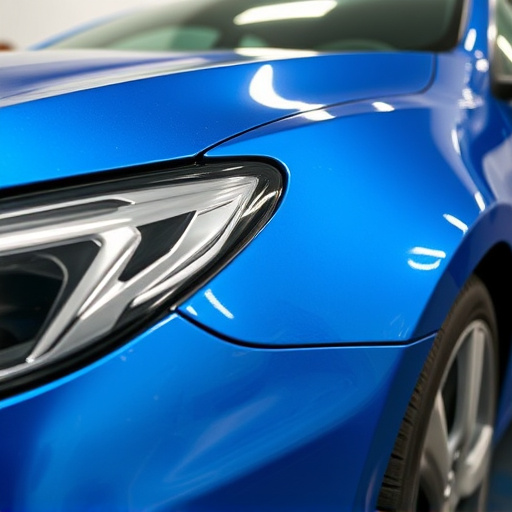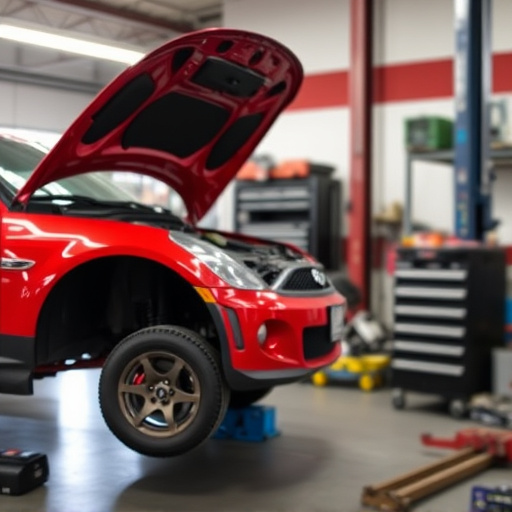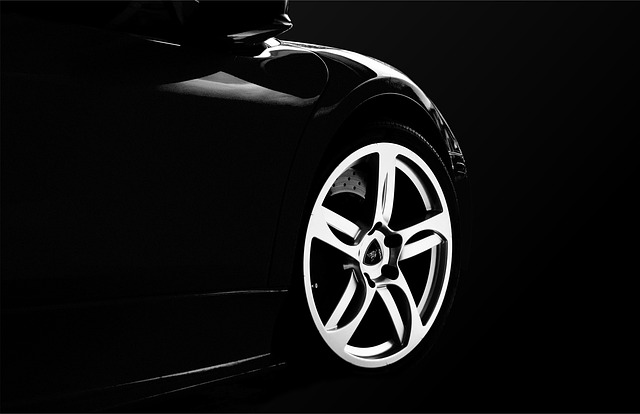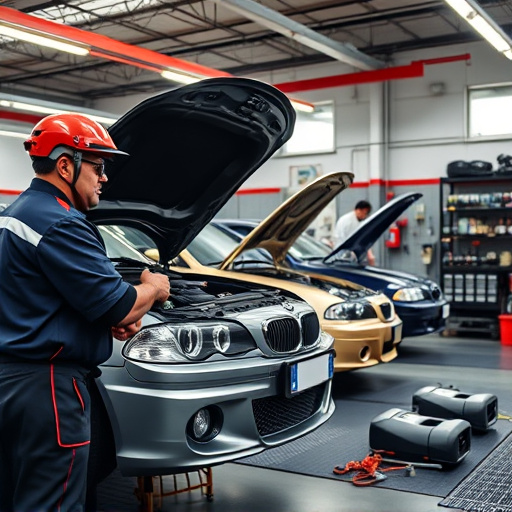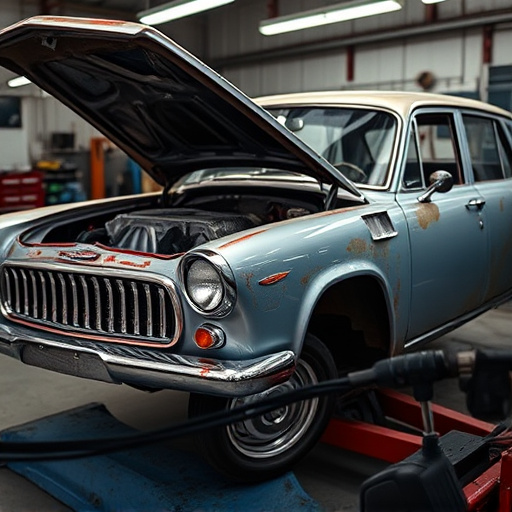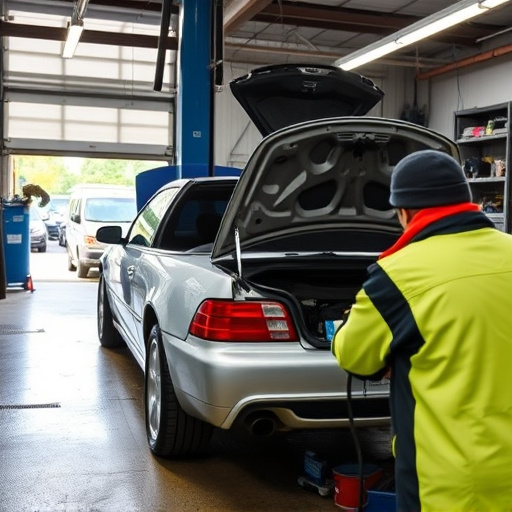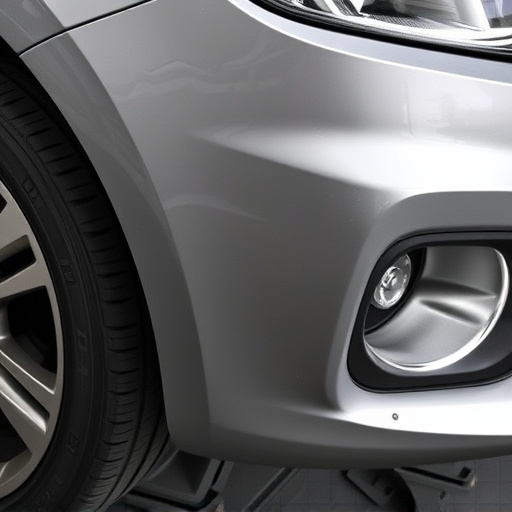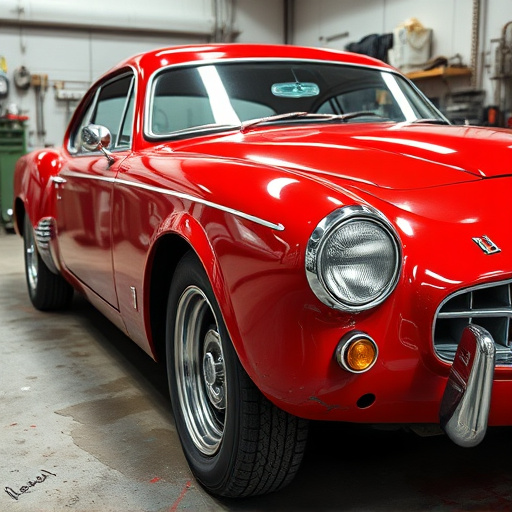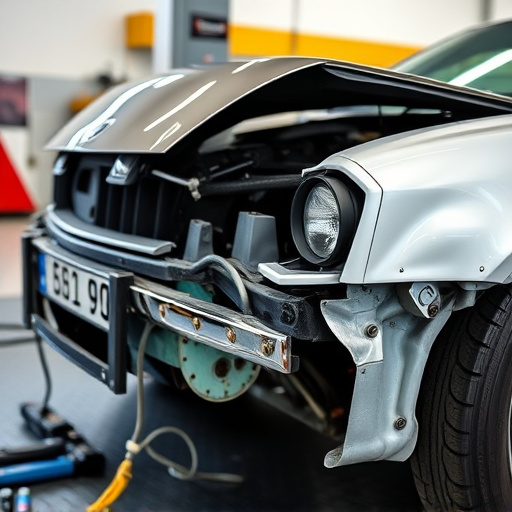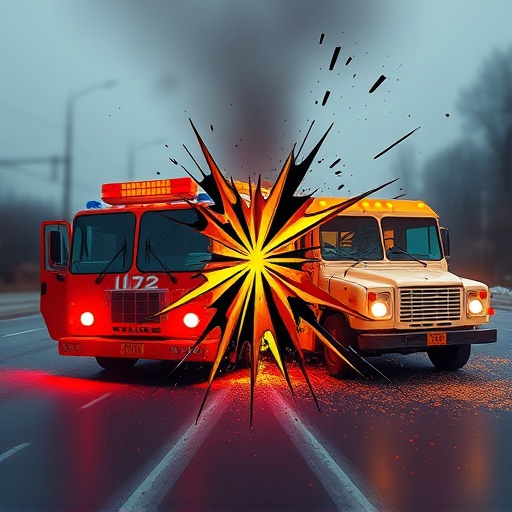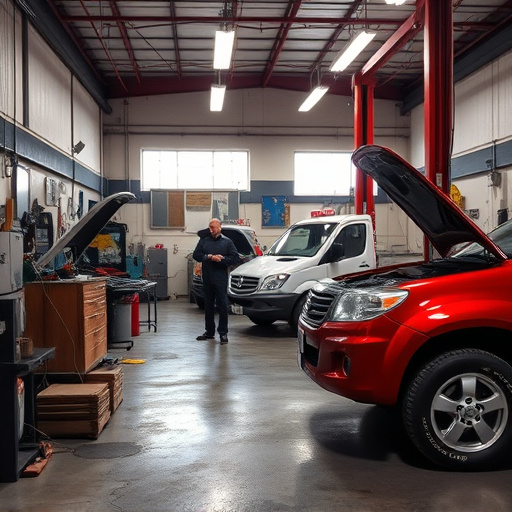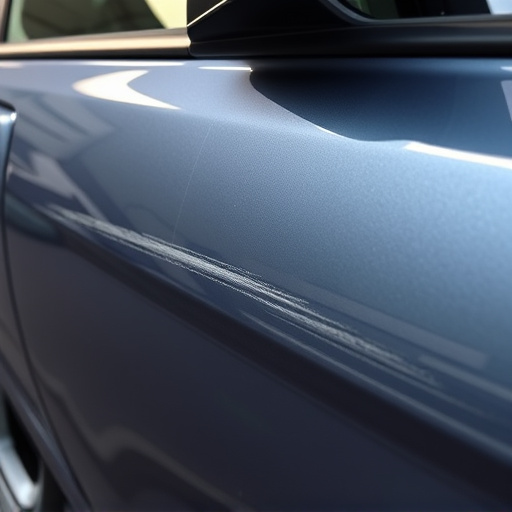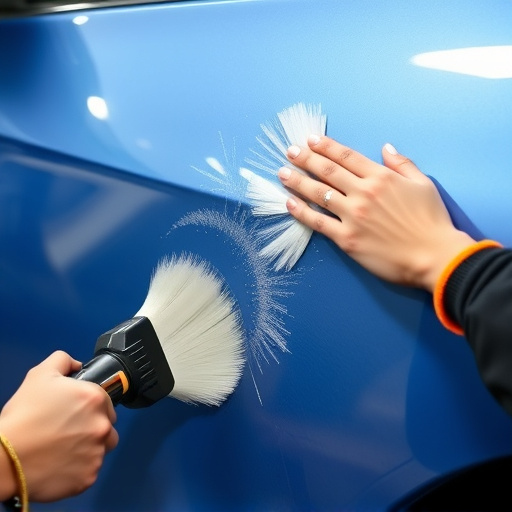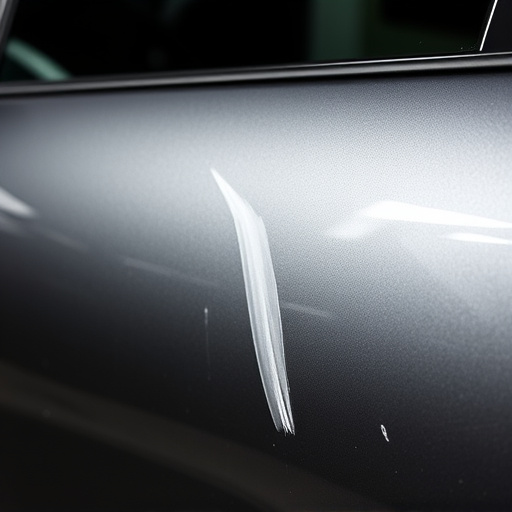Cutting-edge technologies like Artificial Intelligence (AI) and Machine Learning (ML) revolutionize ice damage collision repair, offering enhanced precision and efficiency in fender repairs. Digital tools transform inspection and documentation, using advanced software to capture detailed data on crack patterns and dent sizes. The industry shifts towards sustainability with eco-friendly materials and energy-efficient methods, even in classic car restoration.
The future of ice damage collision repair is here, driven by innovative technologies that transform traditional processes. Advanced AI and machine learning algorithms are revolutionizing repair techniques, enabling faster, more accurate assessments. Digital tools streamline documentation, enhancing efficiency from initial inspection to final restoration. Additionally, sustainable materials and eco-friendly methods are gaining traction, addressing environmental concerns while delivering high-quality repairs. This article explores these breakthroughs, providing insights into the evolving landscape of ice damage collision repair.
- Advancing Repair Techniques With AI and Machine Learning
- Digital Tools Streamline Ice Damage Assessment and Documentation
- Sustainable Materials and Methods for Eco-Friendly Repairs
Advancing Repair Techniques With AI and Machine Learning
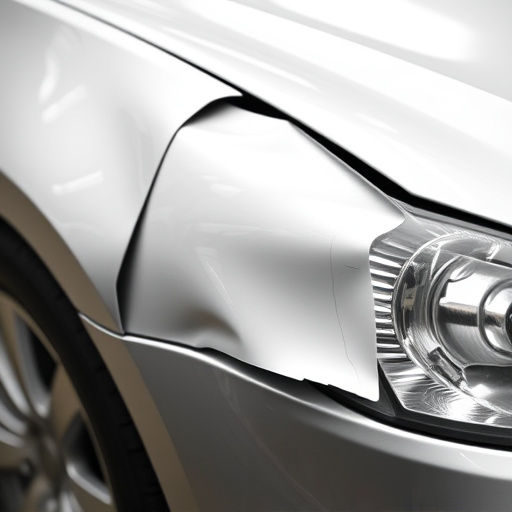
The future of ice damage collision repair is being reshaped by groundbreaking advancements in Artificial Intelligence (AI) and Machine Learning (ML). These technologies are revolutionizing traditional repair methods, enabling more precise and efficient vehicle collision repair, especially when dealing with intricate fender repairs. AI-powered systems can analyze complex data sets to predict and identify damage patterns, streamlining the assessment process and reducing time spent on diagnostics.
By leveraging machine learning algorithms, professionals in ice damage collision repair can automate certain tasks, such as measuring and comparing parts for replacement. This not only expedites the overall car restoration process but also improves accuracy, ensuring that every vehicle returns to the road safely and in top condition. With AI’s ability to learn from each successful repair, the quality of work is consistently enhanced, marking a new era in the industry where technology meets craftsmanship.
Digital Tools Streamline Ice Damage Assessment and Documentation
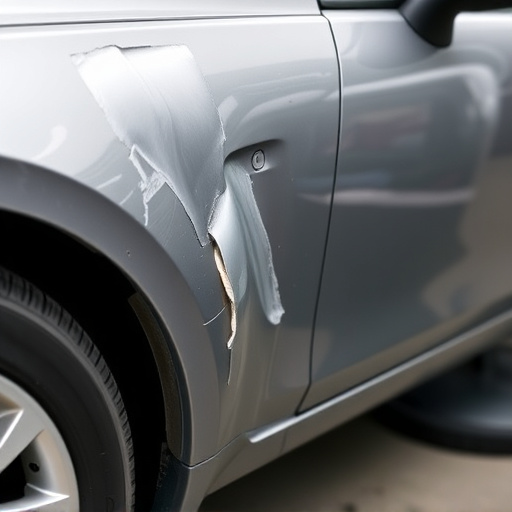
In the realm of ice damage collision repair, digital tools are revolutionizing the way auto repair shops assess and document vehicle bodywork. Advanced software applications now allow for detailed, accurate inspections, replacing traditional manual methods that can be time-consuming and prone to human error. These digital solutions capture comprehensive data on ice-related impacts, including crack patterns, dent sizes, and structural integrity, streamlining the entire process from start to finish.
Furthermore, digital documentation enhances communication between insurance providers, auto repair shops, and customers. High-resolution images, 3D scans, and detailed reports ensure everyone involved has a clear understanding of the extent of ice damage, expediting the claims process and facilitating more precise auto painting repairs. This not only improves efficiency but also ensures that vehicle bodywork is restored to its pre-incident condition with meticulous care and precision.
Sustainable Materials and Methods for Eco-Friendly Repairs
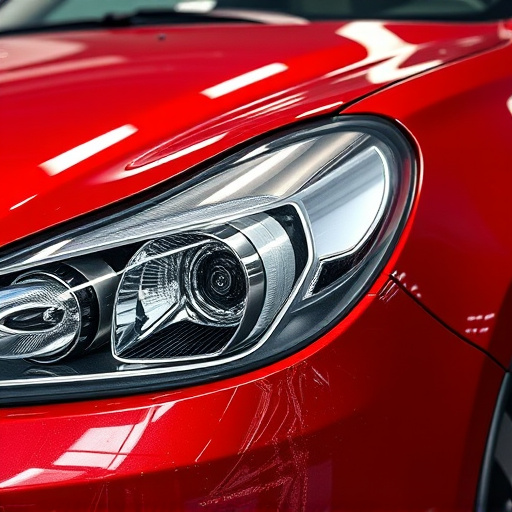
The future of ice damage collision repair is not just about efficiency and speed; it’s also about sustainability. As environmental consciousness grows, so does the demand for eco-friendly automotive repair methods. Car body shops are increasingly adopting sustainable materials and techniques to reduce their impact on the planet while repairing damaged vehicles. For instance, using recycled or biodegradable materials in auto parts production can significantly lower a car body shop’s carbon footprint.
These innovative practices extend beyond the materials used; they also encompass energy-efficient repair techniques. Advanced technologies like laser welding and precision cutting minimize material waste, reducing the environmental impact of collision repairs. Moreover, classic car restoration specialists are embracing these sustainable methods, ensuring that historical vehicles are restored not only to their former glory but also with an eye towards ecological responsibility.
The future of ice damage collision repair is looking brighter and more efficient with the integration of advanced technologies. AI and machine learning are revolutionizing repair techniques, offering precise assessments and accurate predictions for damage extent. Digital tools streamline the documentation process, making it faster and more comprehensive. Additionally, adopting sustainable materials and eco-friendly methods not only minimizes environmental impact but also contributes to a greener automotive industry. These innovations collectively promise to transform ice damage collision repair, ensuring quicker turnarounds, reduced costs, and a more sustainable approach.
